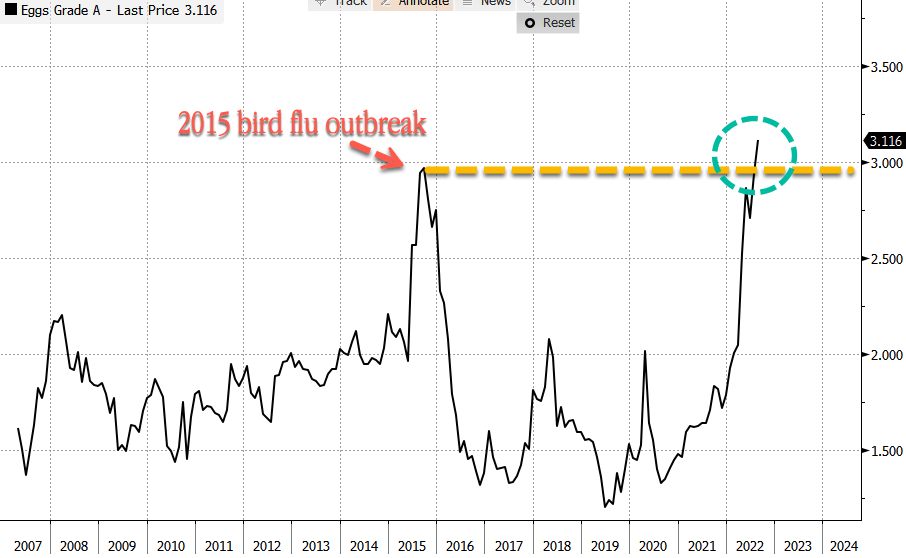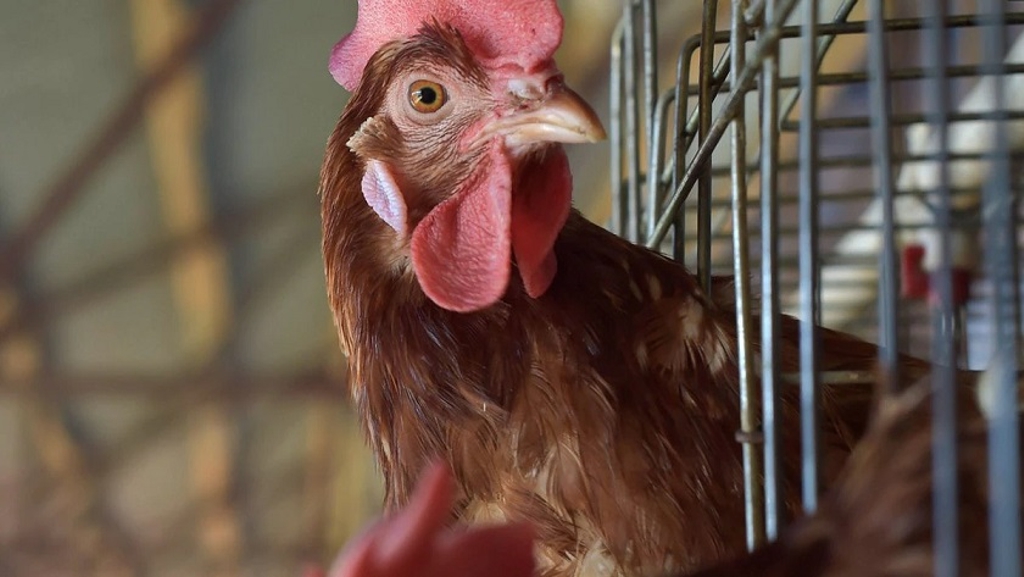
Colorado (KJCT) – On September 21, the National Veterinary Services Laboratory confirmed a new detection of bird flu in a commercial egg-laying facility in Weld County shortly before another instance was confirmed in a Blue Winged Teal Duck in Boulder County. Two days later, another instance was detected in Larimer County.
Fortunately, no recent infections have been detected in Mesa County, according to the Colorado Department of Agriculture’s website.
With multiple detections over the past week, the Colorado State Veterinarian’s Office says to keep being cautious as migratory birds move across the state. “Right now, it’s critical that Colorado’s backyard and commercial poultry flock owners keep up the biosecurity measures they have been implementing since the beginning of the outbreak this spring,” said Colorado State Veterinarian Dr. Maggie Baldwin. “HPAI is a disease with high mortality that can wipe out entire domestic poultry flocks in less than 72 hours.”
It is not just in Colorado. It’s happening all over the US.
Bird flu’s return comes as more than 40 million birds were culled in the first half of the year. The disease usually abates during the hot summer months. The current death toll of birds stands at a whopping 45 million and could dramatically worsen, Beth Thompson, South Dakota’s state veterinarian, told Bloomberg. She said the virus is being fueled this fall by the migration of wild birds that fly above commercial farms and leave droppings that get tracked into poultry houses.
Thompson said bird flu “doesn’t seem to have been affected by that hot summer, and in the next probably four to six weeks, we’re going to see those migrating birds coming back from Canada, flying over the US.” She added, “that may increase the viral load that’s out in the environment.”
The culling of millions of birds has dented egg supplies, sending prices sky-high and above 2015 outbreak levels (last major bird flu) to now $3.16 per dozen at the supermarket. Retail prices have doubled since August 2020, straining consumers’ wallets as breakfast inflation soars. See this in the chart below and learn more here.

Consumers can’t catch a break as food inflation pressures household budgets. There’s nothing the Federal Reserve can do about supply-side food woes because they can’t print eggs.
By Tom Williams






